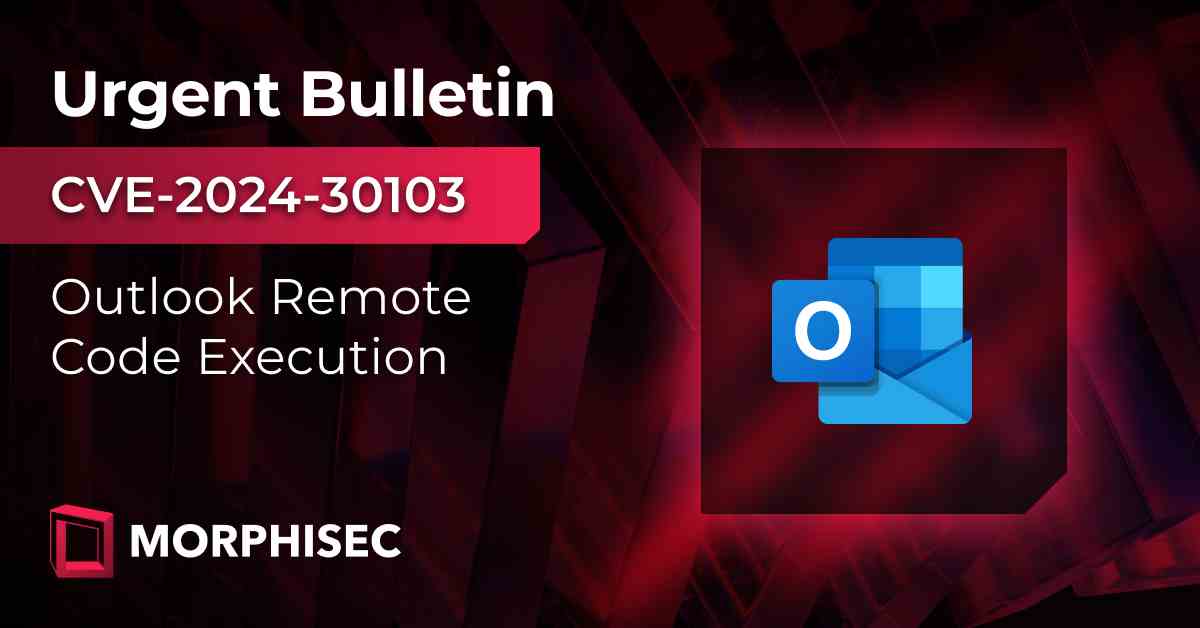In the fast-paced world of cybersecurity, staying vigilant against threats is crucial. Morphisec, a team of dedicated researchers, works tirelessly to identify and address emerging vulnerabilities to safeguard organizations globally.
Recently, Morphisec Threat Labs uncovered a critical discovery highlighting the importance of timely updates and proactive security measures. The researchers identified a significant vulnerability, CVE-2024-30103, affecting most Microsoft Outlook clients. This remote code execution (RCE) vulnerability, if exploited, can enable attackers to run arbitrary code on compromised systems, potentially leading to data breaches and unauthorized access.
What sets this vulnerability apart is its ability to spread from user to user without requiring any interaction. Simply opening an affected email can trigger the execution of malicious code, making accounts utilizing Microsoft Outlook’s auto-open email feature particularly vulnerable.
The impact of CVE-2024-30103 is alarming due to its high exploitability. As a zero-click vulnerability, attackers can easily leverage it without users’ engagement, posing a significant risk for initial access. Once exploited, attackers can execute code with the same privileges as the user, paving the way for a complete system compromise.
Following responsible disclosure practices, Morphisec reported the vulnerability to Microsoft, leading to the inclusion of a patch for CVE-2024-30103 in the Patch Tuesday updates on June 11, 2024. This swift response from Microsoft is commendable, given the severity of the vulnerability and the complexity of the patch.
Morphisec strongly advises organizations to promptly update their Microsoft Outlook clients to mitigate the risks associated with this vulnerability. Taking immediate action is essential to safeguard systems and sensitive data from exploitation.
To enhance protection against vulnerabilities like CVE-2024-30103, Morphisec utilizes Automated Moving Target Defense (AMTD) techniques. By dynamically altering the attack surface, Morphisec creates a challenging environment for potential attackers, reducing the risk of exploitation. This proactive approach acts as virtual patching and compensating control for unpatched vulnerabilities, thwarting attacks on operating systems and applications.
Additionally, Morphisec will be presenting technical details and a Proof of Concept for CVE-2024-30103, along with an unpatched vulnerability, at the DEFCON 32 conference in Las Vegas. This presentation, titled “Outlook Unleashing RCE Chaos: CVE-2024-30103,” will feature Michael Gorelik and Arnold Osipov as presenters.
In conclusion, staying informed about cybersecurity threats and taking proactive measures, such as updating software promptly and utilizing advanced defense techniques, is crucial in safeguarding organizations against evolving cyber threats. By partnering with cybersecurity experts like Morphisec, organizations can enhance their security posture and protect their valuable assets from malicious actors.

